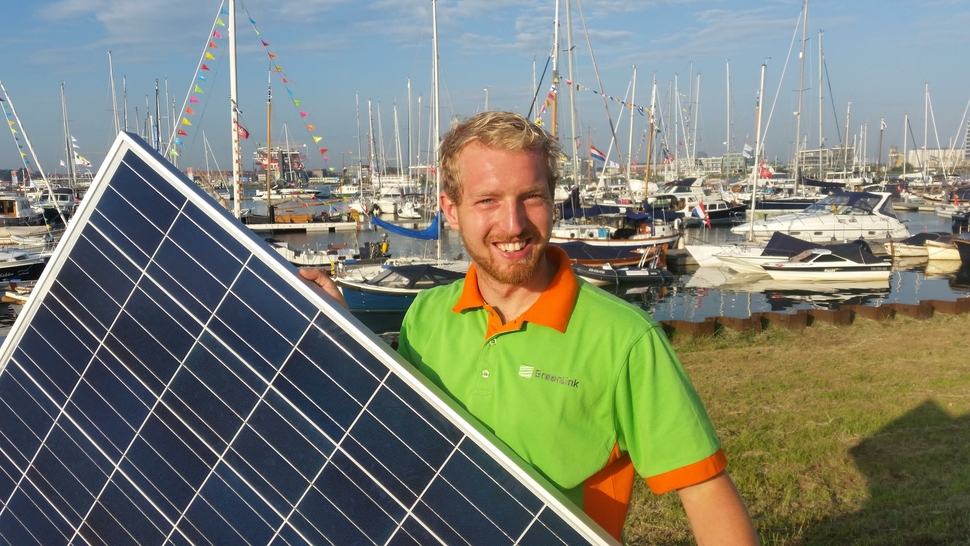In a discussion with a close friend of mine last week we came upon the topic of an ‘energy hub’ project, which is based on the vision to design a central location in a festival, city or campus where electrical vehicles can be charged and where energy enthusiast can meet and share ideas.
This topic was briefly addressed by the guest lecturer of last week, Gertjan de Werk, as being a potential future part of the D-Exto program he guides. The energy hub would be a stand-alone off-grid mobile platform, if I’ve remembered well. Proceeding on this topic, my friend and I discussed the strategy of this method. The dimensional differences between a sustainable energy grid-connected and a sustainable off-grid energy system are very large, regarding the battery bank capacity and attached infrastructure. Especially in locations where the grid is established very well, it should be noted that an off-grid system is rather bulky and costly, and doesn’t provide a clear advantage in terms of energy quality or robustness of the system over a grid-connected system.
In developing countries there are often large areas where electrification is non-existent or only by very limited means. The company I work for installs autonomous energy systems as energy solution for remote schools, hospitals, safari lodges, etc in several sub-Saharan African countries. I regularly need to calculate the costs of different types of energy systems, in order to give an overview to the client. Depending on the load profile and the access of an electricity grid, I have to try finding the most cost efficient option; otherwise the risk of not receiving the job is too big.
I would like to stress that stand alone off-grid systems may not be the best method to electrify poor regions in the world. There needs to be some nuance in this statement though, as the definition of ‘off-grid systems’ has blurred lines. First of all, ‘off-grid systems’ come in different sizes, with Solar Home Sytems (SHS) defining the lower boundary (max 150 Wp) and off-grid mini grids (up to 10MW) defining the upper boundary.[1] Stand-alone systems often have the dimensions of a single household or company, and lie in between these boundaries.
The clearest trade-off in electrification strategies is between grid extension and off-grid system design. Does it cost more to extent the grid to a small remote village than to install off-grid systems? And if so, which dimensions of the off-grid system are most suitable? Nowadays in some developing countries, non-governmental organizations, commercial companies and local governments are pushing the Solar Home Systems to the market, in order to provide electricity to the poorest. However, when wealth increases, so does energy demand. It won’t take long before the Solar Home Systems are insufficient to meet the energy needs. Bigger systems need to be installed. This process will repeat itself until a (mini) grid with a substantial size is established. An extra advantage is that mini grids can easily be extended by means of capacity.
The popularity of the term ‘stand-alone off-grid’ must not lead to reckless use of scarce materials when this is not necessary. Especially in developed countries it is often not needed to design an off-grid system. The feeling of being ‘independent’ and ‘autonomous’ can also be established in ways that do not need battery banks of 1500 kg of batteries. As we concluded the discussion, off-grid in the developed country is like wearing sunglasses at night
[1] IRENA, ‘Off grid renewable energy systems: Status and methodological issues’, 2015, working paper
